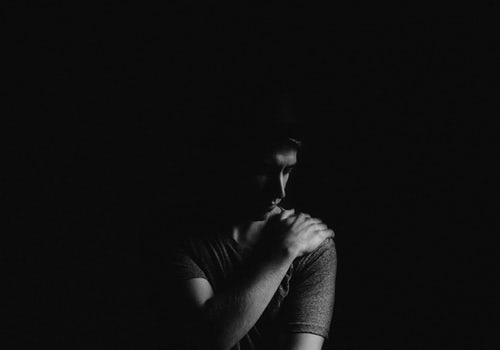|
BOOK NOW |
ASK ABOUT YOUR PAIN |
Home
> Blog
> Physiotherapy
> Conditions
> Shoulder
Pain > Proximal Humeral Epiphysitis Physiotherapy
Proximal Humeral Epiphysitis Physiotherapy

Also commonly called "little league shoulders" or "little leaguers shoulder", proximal humeral epiphysitis (PHE) refers to a painful shoulder injury of a throwing athlete who is still maturing physically.
Although the injury is most commonly seen in young baseball players, the injury can occur in any child participating in repetitive overhead throwing activities such as
- cricket
- basketball
With an increased participation and sports specialization at a very early age, shoulder and elbow injuries in young athletes are common. In fact, almost 10% of shoulder pain in pediatric patients can be attributed to athletic activities, such as throwing, and of these injuries, 26% are related to overuse and are preventable.
As movement experts, our senior physical therapists are uniquely qualified to
- analyze an athlete’s throwing mechanics
- evaluate muscle strength
- evaluate movement patterns and
- develop exercises to return the athlete to pain-free sports participation
Signs and Symptoms
With PHE, an athlete may experience:
- Pain in the shoulder while throwing, or the day after a sporting event
- Swelling in the upper arm
- Increased shoulder pain associated with increased throwing
- Decreased speed, velocity, or ability to control the ball during pitching
- Restricted movement at the shoulder compared to the opposite side
- Difficulty lifting the arm and shoulder
How Is It Diagnosed?

A sports medicine or orthopedic physician makes a proper diagnosis of PHE by conducting a complete physical exam of the entire shoulder complex. X-rays of the athlete’s shoulder will show the widening of the growth plate. If conventional x-rays are negative, a physician might elect to order additional imaging studies, including an MRI.
If a child sees our senior physiotherapists first, we will ask:
- How are you feeling (signs and symptoms)?
- How long have you been experiencing your current symptoms? When do your symptoms typically occur?
- What sport and position do you play, and how often do you play (practice and games) in a typical week/month/year?
- If you are a pitcher, when is the last time you threw a ball?
- What
types of pitches do you typically throw?
- How much rest do you get between throwing events?
We will take this information and conducts a thorough physical exam to determine the root cause of the problem. We then
- examine the athlete’s shoulder and elbow range of motion and
- tests the strength of the muscles around the shoulder blade, trunk, pelvis, and hip
how our senior physiotherapists can help
The conditions caused by PHE, such as muscle weakness or lack of endurance, lack of range of motion, or poor throwing mechanics can all be addressed with shoulder physiotherapy.
We will work with the young athlete to:
- Improve muscle strength and endurance at the shoulder
- Normalize the shoulder's range of motion
- Increase the athlete’s trunk, pelvis, and hip muscle strength and stability to provide a firm foundation from which to throw
- Observe and correct pitching mechanics to reduce stress through the shoulder
- Establish a schedule for the year with a proper amount of participation and rest
- Establish a plan for a controlled progressive return to throwing, often called an interval throwing program, for a safe return to play
We will work with the athlete to develop an individualized treatment plan based on the initial evaluation and goals.